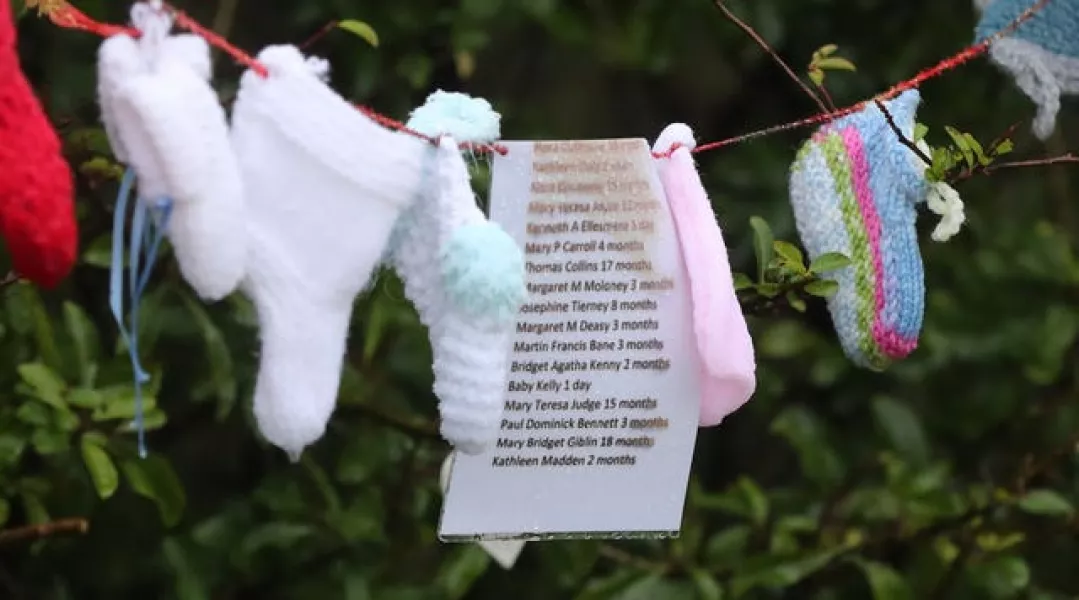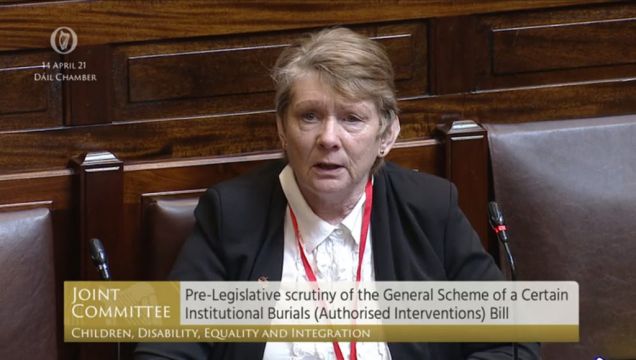Historian and campaigner Catherine Corless said she was “naive” to believe that action would be taken immediately to exhume remains when she discovered the bodies of babies in a sewage tank at a mother and baby home in Tuam, Co Galway.
Ms Corless told a parliamentary committee that it was to her “dismay” that the site, which was run by the Bon Secours, was put back to its original condition and exhumation of the remains did not happen after it came to light.
Ms Corless’s research revealed that 796 babies and young children had died and been “indecently buried in a defunct sewage system” at the Tuam home between 1925 and 1961.

On Wednesday she appeared before the Children’s Committee, which was scrutinising proposed legislation to enable an agency to be set up to oversee exhumations of remains at former mother and baby home institutions.
TDs and senators heard that a team of archaeologists had found “17 chambers of sewage filled with the remains of infants, older babies and children up to four years discarded without coffins one on top of the other”.
Ms Corless said statements of “shock and horror” had been proclaimed by the Government and the President of Ireland in March 2017 when the discovery of the babies’ remains came to light.
DNA testing
“I naively thought then that my work was done. Now sure that there would be immediate action by the State, Church and Galway County Council to do the right thing and exhume the babies from the sewage site,” Ms Corless said.
“Within a month, to my dismay, the Tuam home tragedy fell silent. The site was restored to its original condition. The chambers were closed in, soil was put back.
“Can you imagine the pain that this caused to the families of those in that sewage tank? What would your reaction be if you had a baby, brothers and sisters within those infested chambers?”
Corless said DNA testing of the bodies of babies is “crucial, and quite possible” and called for a DNA database to be set up.
“The babies’ remains are in an excellent condition and, although mingled because of seeping rainfall, have little sign of erosion or fragmentation, including even delicate infant skull bones,” she said.
“DNA testing should also search for evidence as we see in the death report that there is evidence of starvation and look for any possible evidence in the little remains.
“A DNA database should also be set up as soon as possible from families who wish to give their DNA with the hope of retrieving their babies’ remains.”







